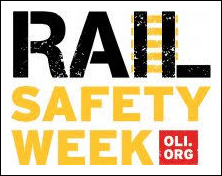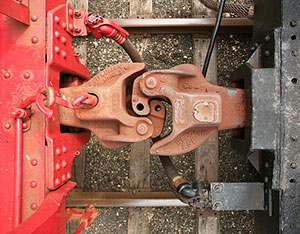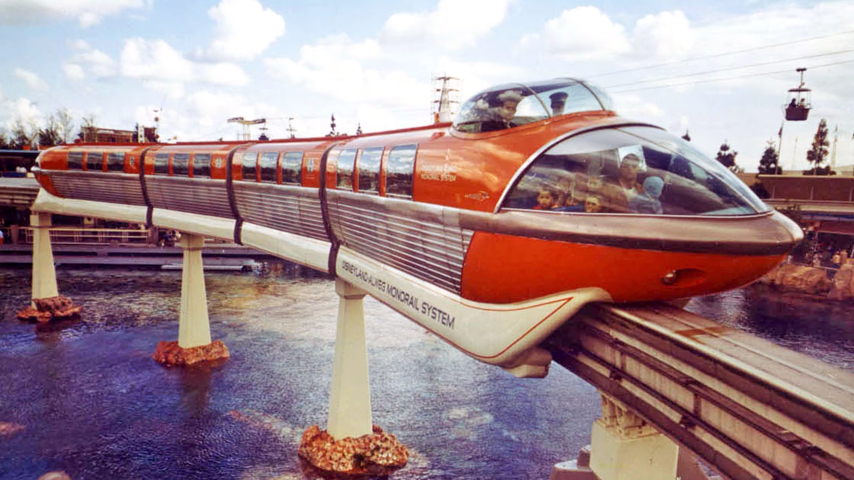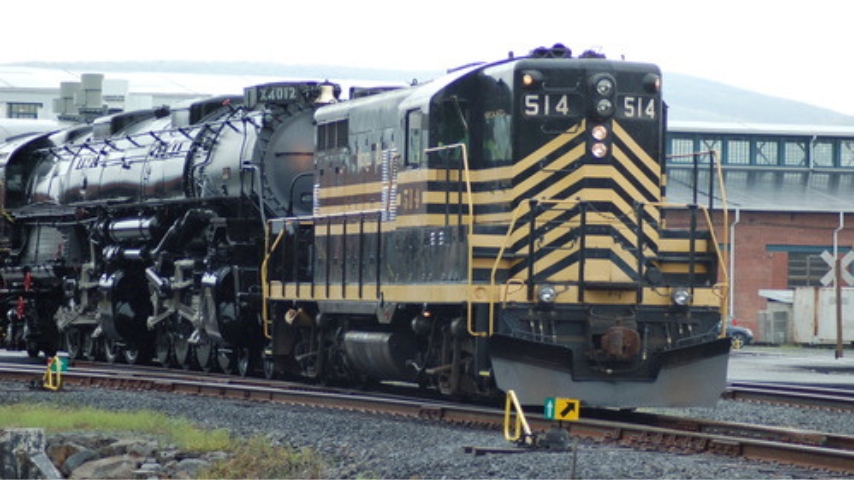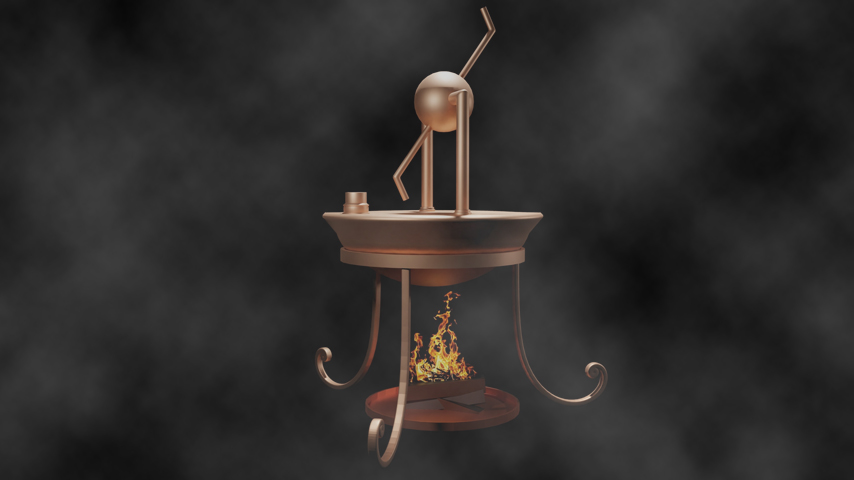Janney Coupler Named 267th ASME Landmark
Janney Coupler Named 267th ASME Landmark
ASME will mark this year’s Rail Safety Week, which will be observed from Sept. 23 to 29, with the designation of the Janney coupler as the Society’s 267th Historic Mechanical Engineering Landmark. Rail Safety Week was launched last year by rail safety education nonprofit Operation Lifesaver Inc. in partnership with the U.S. Department of Transportation and other organizations.
Patented in 1873 by Civil War veteran Eli Janney, the Janney coupler is being recognized for its impact on rail safety and its technological significance. The interlocking coupler, which resembled a curled human hand, was the successor to the “link and pin” coupler, a device that required rail workers to stand between train cars while joining them — an extremely dangerous procedure that resulted in numerous injuries and deaths.
Also unlike the link and pin coupler, the Janney coupler joined train cars together reliably and firmly, resulting in less slack between the cars. Janney’s innovative coupler design also allowed for the interchanging of cars across different lines, reducing the amount of time it took for freight and passenger trains to reach their destinations. By 1916, the Janney coupler had become the standard for the rail industry.
“Here during Rail Safety Week, as the nation focuses on the prevention of railroad fatalities and injuries, ASME looks back on the great heritage of the industry to recognize a device that brought increased safety to rail workers and passengers alike,” said Said Jahanmir, president of ASME. “The Janney is a worthy addition to our roster of mechanical engineering achievements.”
For more information on the ASME landmarks program, visit www.asme.org/about-asme/engineering-history/landmarks.
